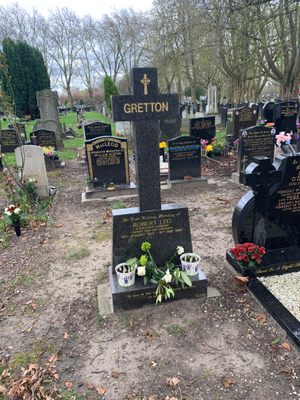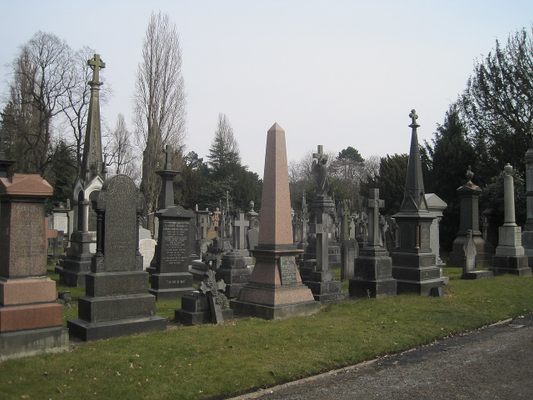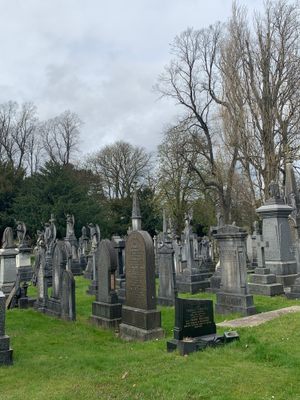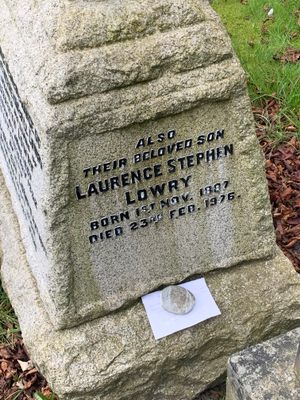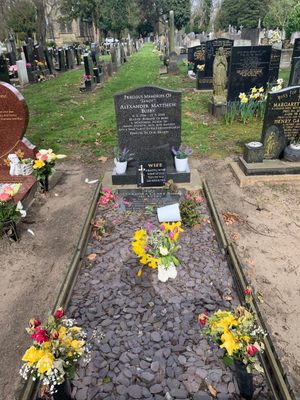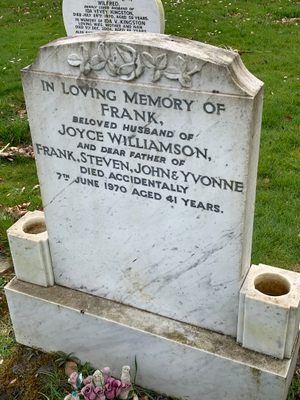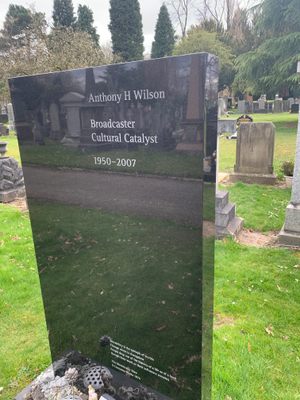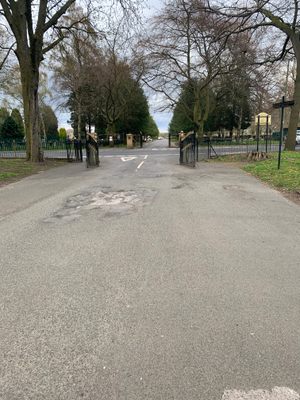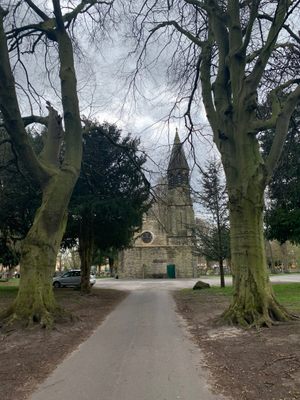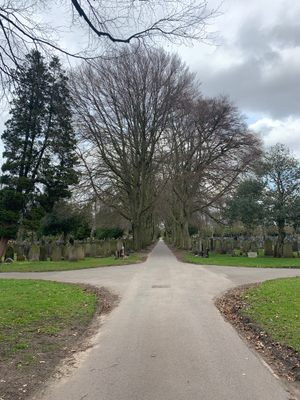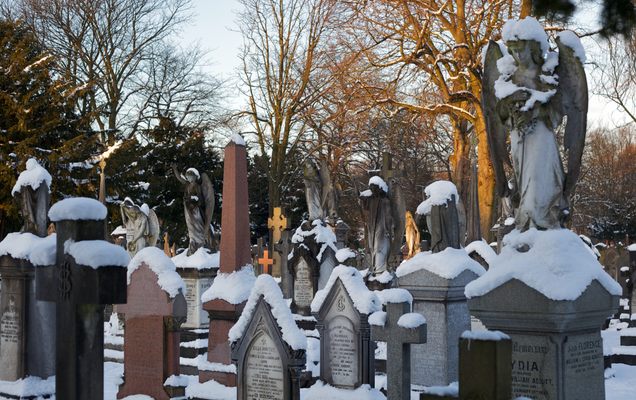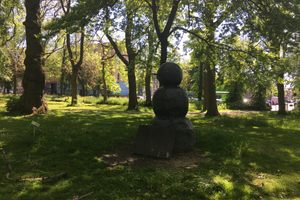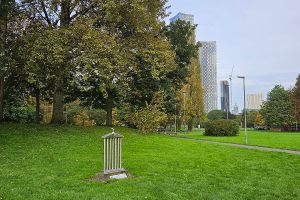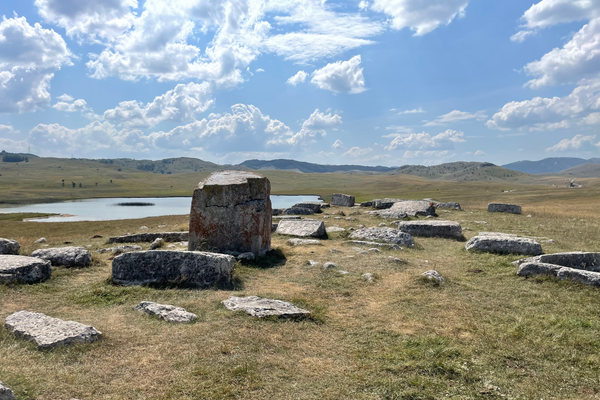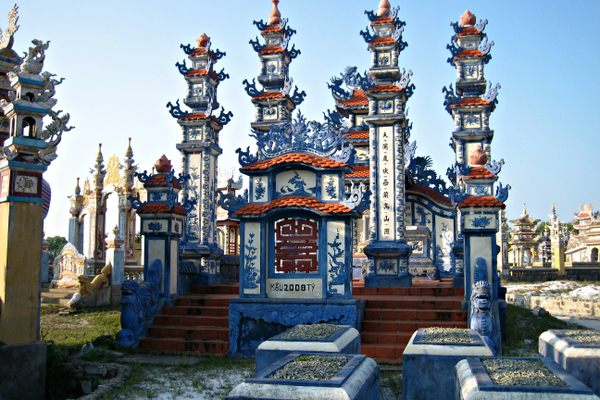About
As you head south out of the city of Manchester, the cities huge Southern Cemetery houses some of its biggest names.
Opened in 1879 in Chorlton-Cum-Hardy, the municipal cemetery is the largest in the United Kingdom and was originally a 100-acre plot of land, bought for the princely sum of £38,340 by the Manchester Corporation in 1872. It was expanded by another 90 acres in 1926, although some of this land has subsequently been developed for housing and some has allotments.
Originally designed by the cities surveyor James Gascoigne, and the buildings by architect H.J. Paull, the cemetery contains mortuary chapels for Anglicans, Roman Catholics, nonconformists, and the Jewish faith, all of which are now listed buildings.
The city's first multi-millionaire, John Rylands, has perhaps the grandest memorial, minus the bronze railings that were stolen in 1967, and a marble Celtic cross remembers Sir John Alcock, who made the first non-stop transatlantic flight.
The world of sport is represented by Sir Matt Busby, the legendary Manchester United manager, Billy Meredith—who played for both Manchester clubs, boxer Frank Johnson and racecourse owner Willie Satinoff, who died in the Munich air disaster.
The art world is particularly well served. Factory Records founder and music mogul Anthony Wilson is buried here and has a gravestone designed by artist Peter Saville, who designed many of the iconic record covers released on the label. Also interned in the cemetery are other important names in the Factory Records story, New Order/Joy Division manager Rob Gretton and legendary in-house producer Martin Hannett. A frequent visitor in his youth to the cemetery was Morrissey of The Smiths, and their song Cemetary Gates is reputedly about the cemetery.
Much loved artist L.S. Lowry, Irish Sculptor John Cassidy, and poet Maria Pawlikowska-Jasnorzewska are all in the cemetery, alongside radio presenter Wilfred Pickles and the singer and actress Maud Boyd.
Moors Murder victims Edward Evans and Leslie Ann Downes are buried here, although the latter’s gravestone was removed after graffiti was daubed over it. Also prominent Manchester gangster Desmond Noonans buried here.
Daniel Adamson, the engineer who was the driving force behind the Manchester Ship Canal, Ernest Marples—a similar driving force behind the introduction Of Motorways in his role as Minister of Transport, botanist Leo Grindon all feature in the sprawling cemetery.
Related Tags
Know Before You Go
There are lay-bys with parking points adjacent to the cemetery, and there is more parking on street nearby.
Community Contributors
Added By
Published
September 6, 2021
